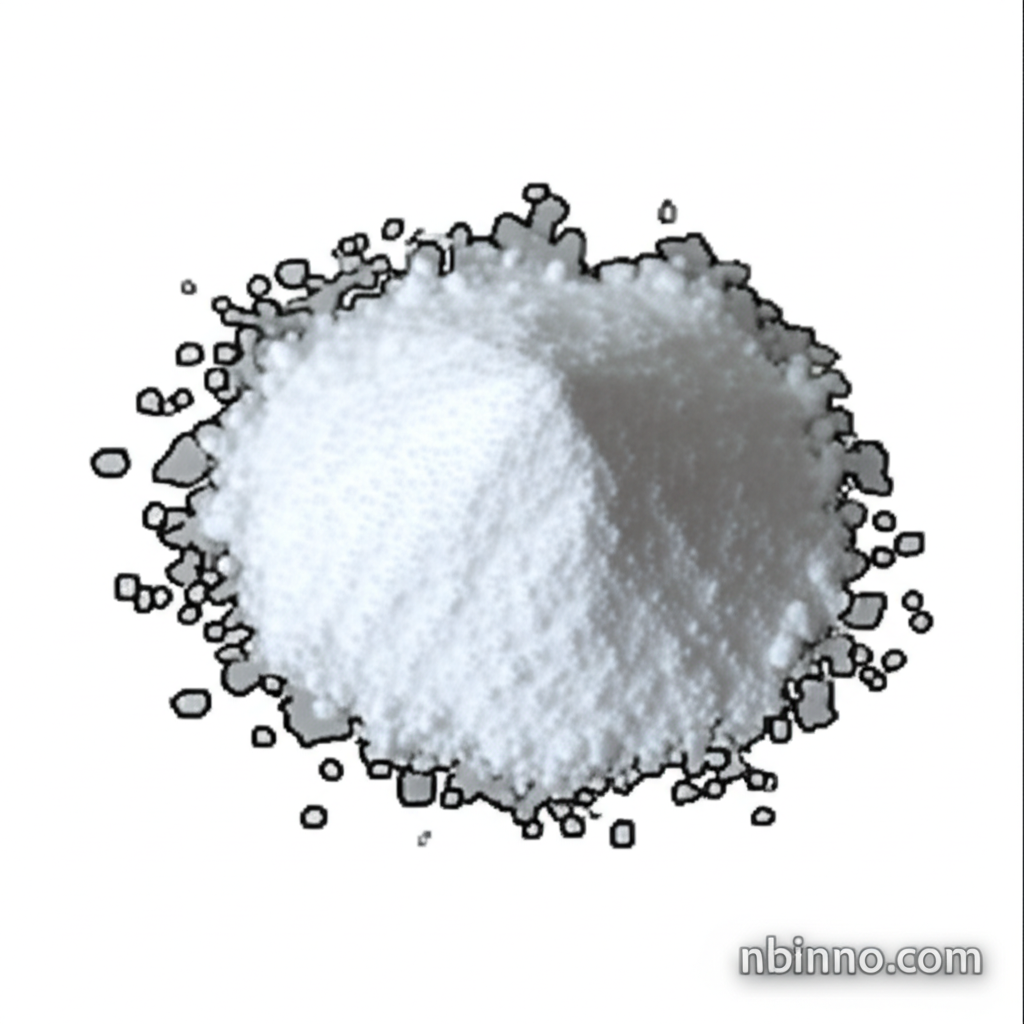Chromium(II) Formate CAS 4493-37-2: Applications in Tanning, Dyeing, and Catalysis
Discover the versatile industrial applications of Chromium(II) Formate, a key chemical for modern manufacturing.
Get a Quote & SampleProduct Core Value

Chromium(II) Formate
Chromium(II) formate is a highly versatile chemical compound with a purity of at least 97%, appearing as a distinctive white needle crystal. Its primary utility lies in critical industrial processes such as leather tanning and dye manufacturing, contributing to enhanced material properties and coloration. Furthermore, it plays a significant role in trivalent chromium plating, offering aesthetic and protective finishes to various components.
- Its role as a catalyst in olefin polymerization makes it valuable for polymer production.
- The compound is utilized as a chemical reagent in the film and photography industry.
- As an oxidation catalyst, it facilitates important chemical transformations.
- Chromium(II) formate is also applied in latex hardening and as a component in drilling mud formulations.
Advantages Offered by the Product
Enhanced Material Properties
The application of Chromium(II) formate in tanning processes significantly improves the durability and quality of leather, a key benefit for the leather industry.
Catalytic Efficiency
Leveraging its capabilities as an oxidation catalyst and in olefin polymerization, industries can achieve greater efficiency and novel material synthesis, aligning with advanced chemical reagent needs.
Versatile Industrial Use
From traditional dyeing applications to specialized uses in photography and drilling muds, the broad spectrum of chromium(II) formate uses highlights its industrial importance.
Key Applications
Leather Tanning
Chromium(II) formate is a vital component in the leather tanning process, contributing to the creation of durable and high-quality leather products.
Dye Manufacturing
In the dye industry, it aids in the production of vibrant and stable colors, enhancing the application of dyes across various materials.
Catalysis
Its properties as an oxidation catalyst and in olefin polymerization make it instrumental in driving efficient chemical reactions and creating new materials.
Specialty Uses
The compound also finds essential applications in the film and photography industry, latex hardening, and as a component in drilling muds.
Related Technical Articles & Resources
Why Choose Us?
Leverage our expertise and state-of-the-art infrastructure to accelerate your journey from discovery to commercial success.
Global Experience
With 20 years of R&D, manufacturing, and sales experience, we proudly serve clients across 60 countries and regions worldwide.
Advanced Facilities
Our in-house R&D laboratory, pilot platform, and large-scale production workshop are equipped to meet the audit requirements of global customers.
Seamless Scalability
We facilitate a perfect transition from small-scale lab requirements (grams) to full commercialization (hundreds of tons).
